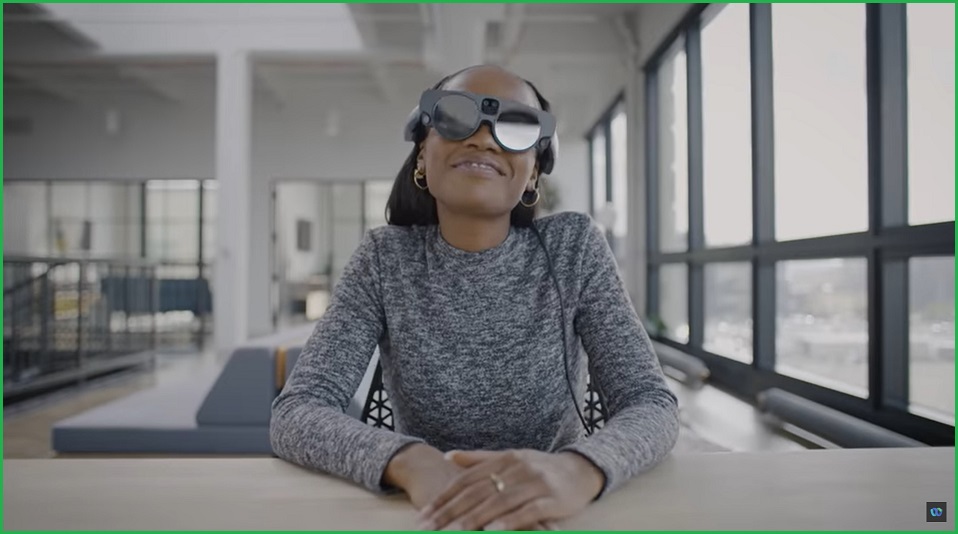Augmented reality is the future of video calls, according to enterprise networking company Cisco which is trying to bring holograms to real life.
Unveiled during its WebexOne event on Wednesday, Cisco claims the Webex Hologram is the first “real-time holographic collaboration solution”.
Based on the promotional video, Hologram appears to use a set of cameras to stream a person’s image into another room through an augmented reality headset.
Jeetu Patel, General Manager of Security and Collaboration with Cisco, said the new tool will help ease the transition into full-time hybrid working environments.
“Webex Hologram represents a large step toward our mission of delivering a delivering a work experience so seamless that there is no gap between virtual and in-person collaboration,” he said in a statement.
Augmented reality headsets overlay digital images onto real-world objects and are being actively developed for enterprise uses by the likes of Microsoft and Lenovo.
Cisco claims its platform is “headset agnostic” and the promo video shows users wearing either Magic Leap 2 or Microsoft HoloLens headsets.
Cisco offered a few different examples for how Hologram could be used.
First is a training session where a woman sits down at a desk in an empty office and puts on a set of Magic Leap 2 glasses to make the image of man – who’s in another office – appear as though he is sitting in front of her.
“This is a holographic meeting,” the promo video’s voiceover says. “It’s a shared, intuitive interaction allowing remote participants to experience the same immersive event.”
We then see an example of how Hologram could be used by participants who can sit in the same room and summon a 3D image object which can be manipulated by hand gestures.
Zak Brown, CEO of McLaren Racing, said Hologram is a “powerful tool” for its engineers and drivers in a world where hybrid work is the new normal.
“Rather than flying a technician to the racing team or explaining procedures through flat images, with the Hologram technology we can immediately show an engine component from every angle, convey sizing, and instruct on assembly and usage as if they were in person – all while saving countless hours in travel time,” he said.
It’s the kind of activity that proponents of augmented and virtual reality have long championed as a vital use-case for the devices which are still in the early phase of adoption.
Cisco is hoping to piggy-back on the development of these devices by providing the enterprise-level infrastructure to enable fully virtual meetings, although the details of what that infrastructure entails are fairly light at the moment.
Facebook is similarly trying to create an enterprise use-case for its virtual reality devices through Horizon Workrooms.
Rather than anchoring objects onto the real-world, however, Workrooms is an entirely virtual productivity suite that Facebook hopes will see organisations take their Zoom and Teams meetings into a world with cartoon avatars.










